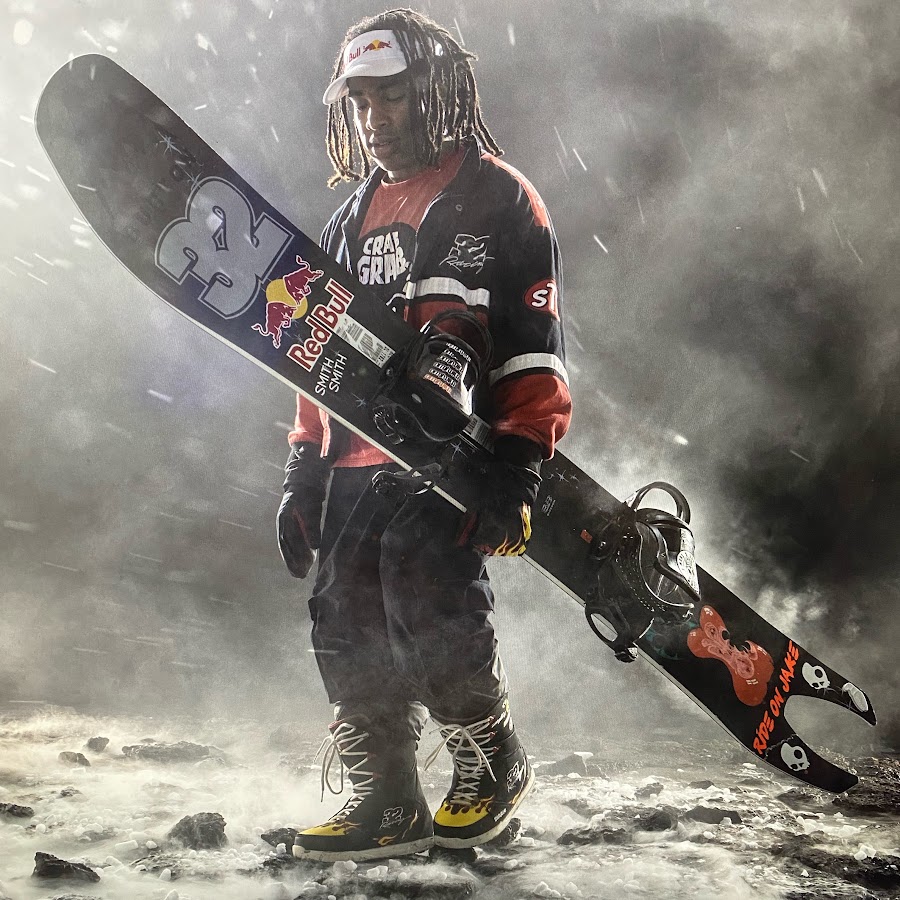Alright—so you’re trying to pick a snowboard size, but you can’t test it first. Welcome to the club. Whether you're renting gear, buying online, or just trying to avoid a sizing fail, we’ve got your back.
The truth is, you can choose the right snowboard size without stepping foot in a shop or demo tent. You just need to know what actually matters (hint: it’s not just your height).
This guide breaks it all down—no fluff, no confusing jargon—just real talk to help you pick the right size the first time.
First Things First: Use the Calculator
Before we go deep, save yourself time and use our snowboard size calculator. It’s super simple and gives you a personalized size based on your height, weight, ability and boot size.
What Really Affects Snowboard Sizing?
Spoiler alert: it’s not just about your height. Height is helpful, but your weight, boot size, and riding style matter more. Here’s why:
Weight = Flex & Control
Your weight determines how the board flexes under pressure. Too light, and a stiff board won’t flex right. Too heavy, and a soft board turns into a noodle.
Boot Size = Width
If your toes hang off the edge, you’re gonna have a bad time. Riders with size 11+ boots should almost always look at wide boards.
Riding Style = Length
- 🏂 Freestyle (Park, Jibs): Shorter boards for easier spins and tricks
- ⛰️ Freeride (Pow, Steeps): Longer boards for float and stability
- 🏔️ All-Mountain: Go middle of the road—you want versatility
Let’s Talk Board Length
Forget the “chin-height” myth. It’s outdated. Use your weight first, then fine-tune with your height and style. A typical all-mountain board will fall somewhere between your collarbone and nose—but it’s the weight that makes or breaks the ride.
What About Width?
- 👣 Boot size ≤ 10: Standard width should be fine
- 👢 Boot size 11+: Look for a wide board (waist width 260mm+)
Not sure if you’re dragging toes? Check your stance width and binding angles, but when in doubt—go wide.
Experience Level = Flex & Feel
- 🔰 Beginners: Go slightly shorter and softer. Easier turns, more forgiveness.
- 🟡 Intermediates: You’ve got options. Stick close to the size chart.
- 🟢 Advanced: You know what you like—adjust based on conditions and preference.
Quick Sizing Tips (Without Stepping on a Board)
- ✅ Use weight-based size charts—not just height
- ✅ Match board width to your boot size
- ✅ Know your riding style (shorter = playful, longer = stable)
- ✅ If unsure, size slightly down—it’s easier to control a short board than wrestle a plank
Snowboard Shapes & Profiles: They Change How Boards Ride
Even two boards with the same length can feel wildly different based on shape and camber profile.
Shapes
- 🟰 Twin: Same tip and tail, good for park and switch riding
- ➡️ Directional: Longer nose, great for carving and powder
- 📦 Volume-Shifted: Short, wide, and floaty—rides longer than it looks
Profiles
- 📐 Camber: Best for edge hold and pop—feels longer
- 🍌 Rocker: Easier turns and float—feels shorter
- 🔀 Hybrid: A mix of both—check specs to know how it rides
TLDR: A 158cm rocker twin will feel shorter than a 158cm camber directional. Adjust size accordingly.
Common Sizing Mistakes (And How to Dodge Them)
- ❌ Only using height – Weight is more important.
- ❌ Ignoring board width – Toe drag sucks. Don’t do it.
- ❌ Buying for the rider you want to be, not the one you are – Be honest. That mega stiff charger will punish you if you’re not ready.
- ❌ Assuming all brands size the same – Always check the brand’s chart.
Final Thoughts
You don’t need a test ride to get it right—but you do need to be smart about it. Think about your weight, your boot size, and how you actually ride. Combine that with a solid sizing chart and you’re in good shape.
Still nervous? Go use our calculator. It takes 30 seconds, and it’ll save you hours of second-guessing.
You got this. Find your size, get the board, and enjoy your season. See you out there.


